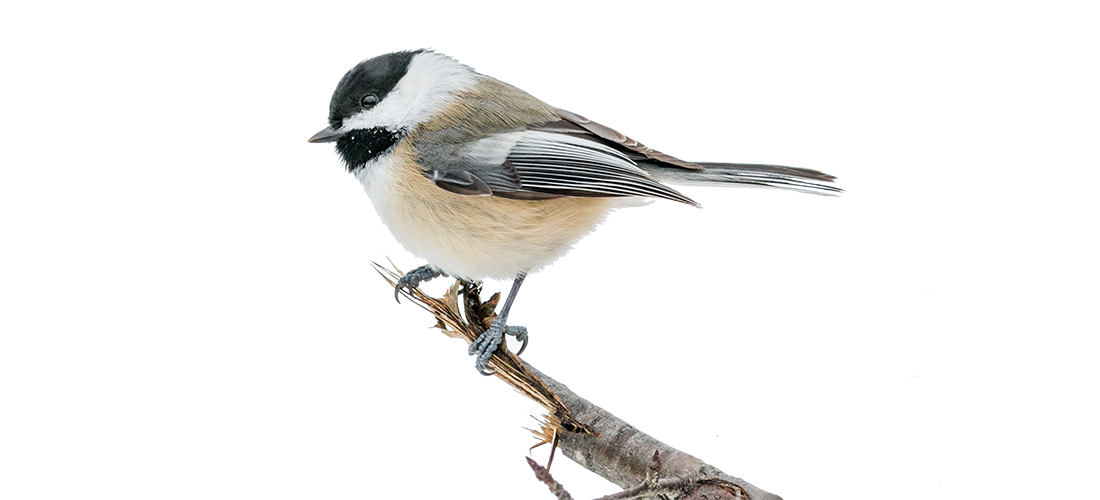Glossy Ibis
A social wader of flooded fields and coastal marshlands
By Susan Campbell
Late spring is the time when wading birds abound along our coastline. Most are leading young of the year from breeding colonies. We have species that nest around ponds and marshes and dredge some on forested islands. Unlike the gulls, terns and shorebirds, they require vegetation for raising a family: it may only be short, shrubby growth. For these birds, a scrape in the sand just will not do.
One of the more striking long-legged birds that we find along the southeastern coast at this time of year is the glossy ibis. Like its cousin the white ibis, the bill is long with a downward curve. These birds get their name from the iridescent dark plumage typical of adult birds. At a distance they appear jet black, but upon closer inspection the feathers are shiny and depending on the intensity and direction of the light, they have anything from a pinkish or maroon to a violet tint. The legs and bill are a dull gray and the eye is a dark brown. Individuals in winter should be scrutinized since dark ibis seen here may be white-faced ibis, a rare cool season visitor from the western U.S. White-faced may not have white faces in the winter, but they will have pinkish legs, bright pink eyes and facial skin. One can really only know for sure at close range or by using powerful optics. However, separating young white ibis, that have mostly dirty brown feathering their first year, is less tricky.
Glossies are rarely seen alone, preferring to associate in flocks as they forage in wet areas. The birds are not choosy, and so may be found in anything from flooded agricultural fields to marshes and estuaries. Favorite foods include frogs, crayfish, small crabs, worms, insect larvae and even seeds. These birds are adaptable, being excellent foragers by sight or by feel. They may chase moving prey but are effective at feeling out food items with their sensitive bills. Typical feeding strategy involves a slow-moving line of closely packed ibises systematically probing a wet area and swallowing any item small enough to swallow. This behavior often draws the attention of other waders like great and/or snowy egrets who will snap up fish and other creatures attempting to evade the ibis. Glossies can frequently be seen in tidal areas actively probing as the tide is falling and exposing an abundance of prey.
Glossy ibises are almost always found nesting among other species as well. A large rookery with many sets of eyes on the lookout for danger is preferable. Both parents construct a bulky nest of sticks, twigs and/or reeds in the branches of a small tree or stout shrub. Incubation of three or four eggs commences once the last egg is laid. Although it is three weeks before the young hatch, they remain in the nest for fewer than ten days. The fledglings will follow their parents around in a protected area for another few weeks until they are capable of sustained flight. But the family will still remain together well into the winter as the young birds continue to learn the skills they need for survival.
At times, glossy ibises may be mistaken for double-crested cormorants in our area, where both species are common. Flocks tend to fly together in a similar V-shaped pattern, although they spend more time gliding than the bulkier cormorants. Also glossies will sunbathe on cooler days, spreading their wings outward to dry and warm the way cormorants do regularly. So keep a keen eye out for larger, dark birds if you are in wet habitat — spotting a glossy ibis is a real treat.
Susan would love to receive your wildlife sightings and photos. She can be contacted at [email protected].


